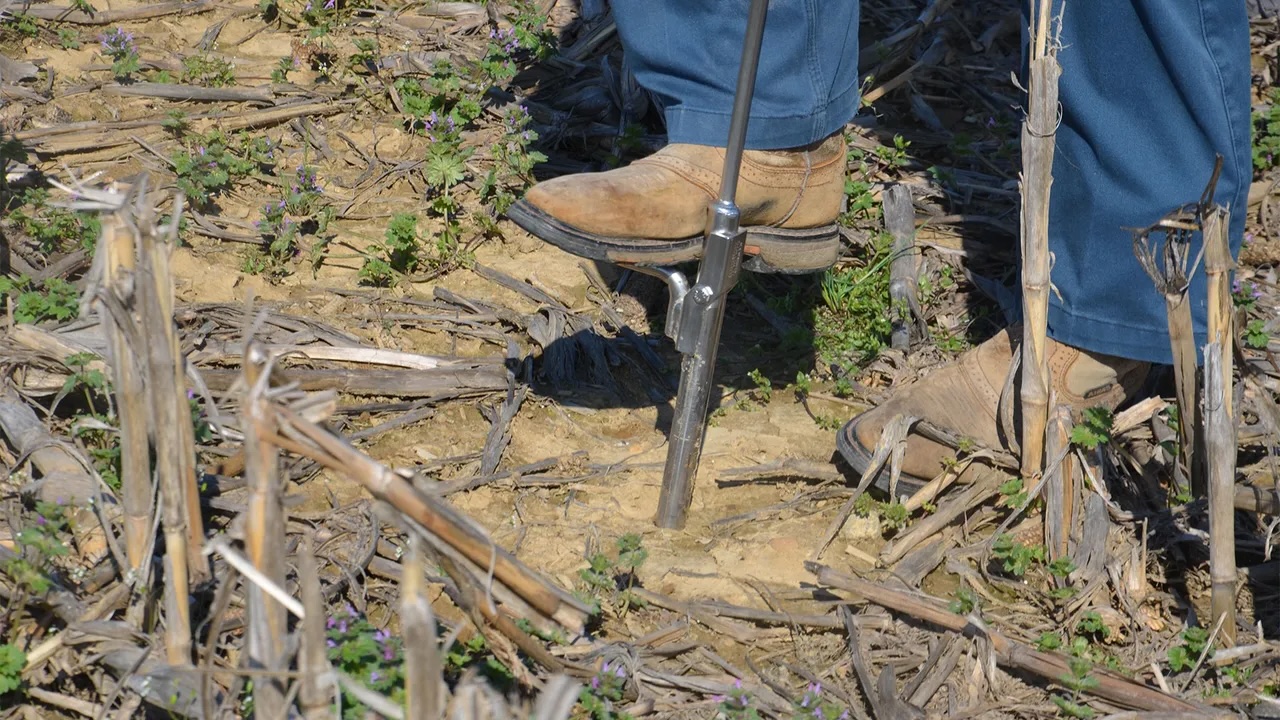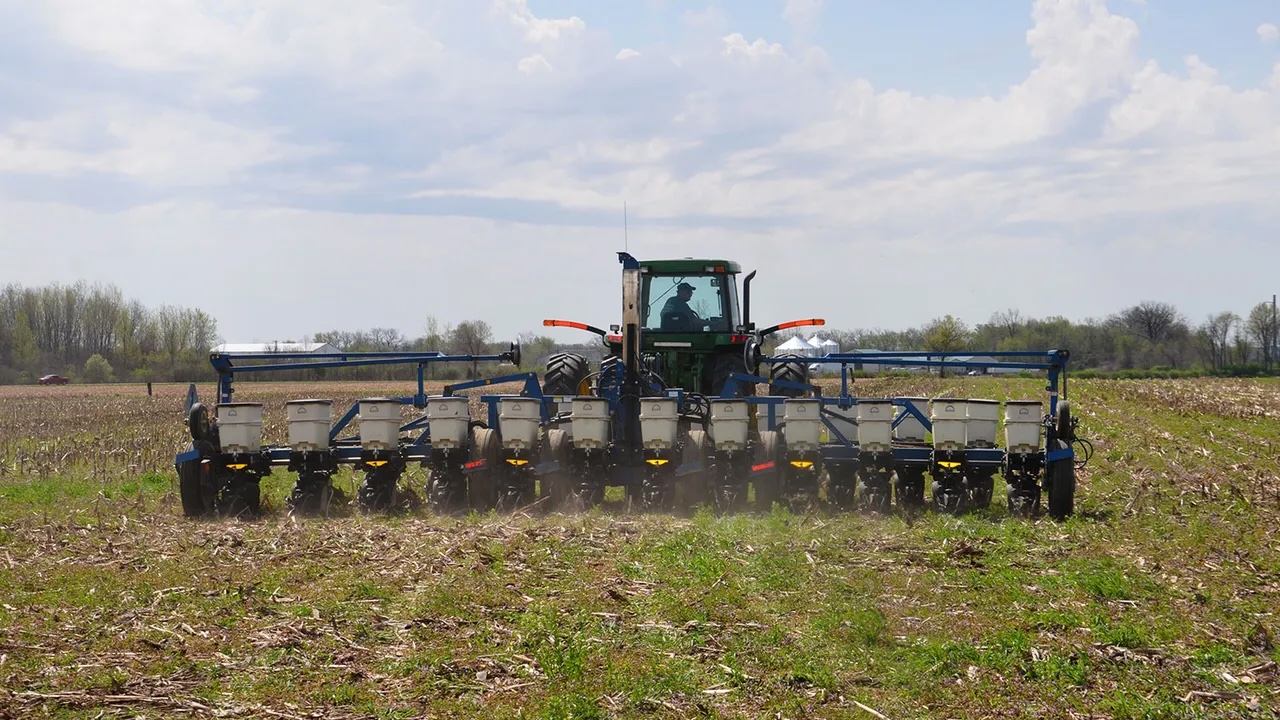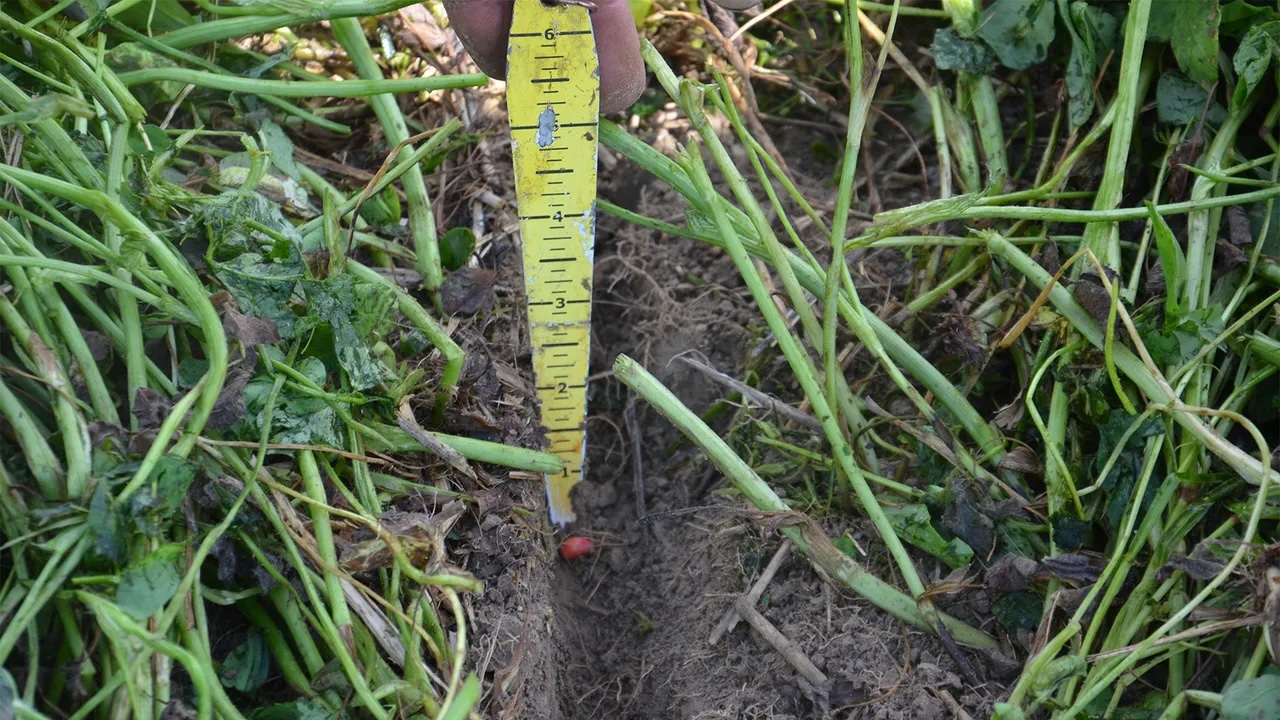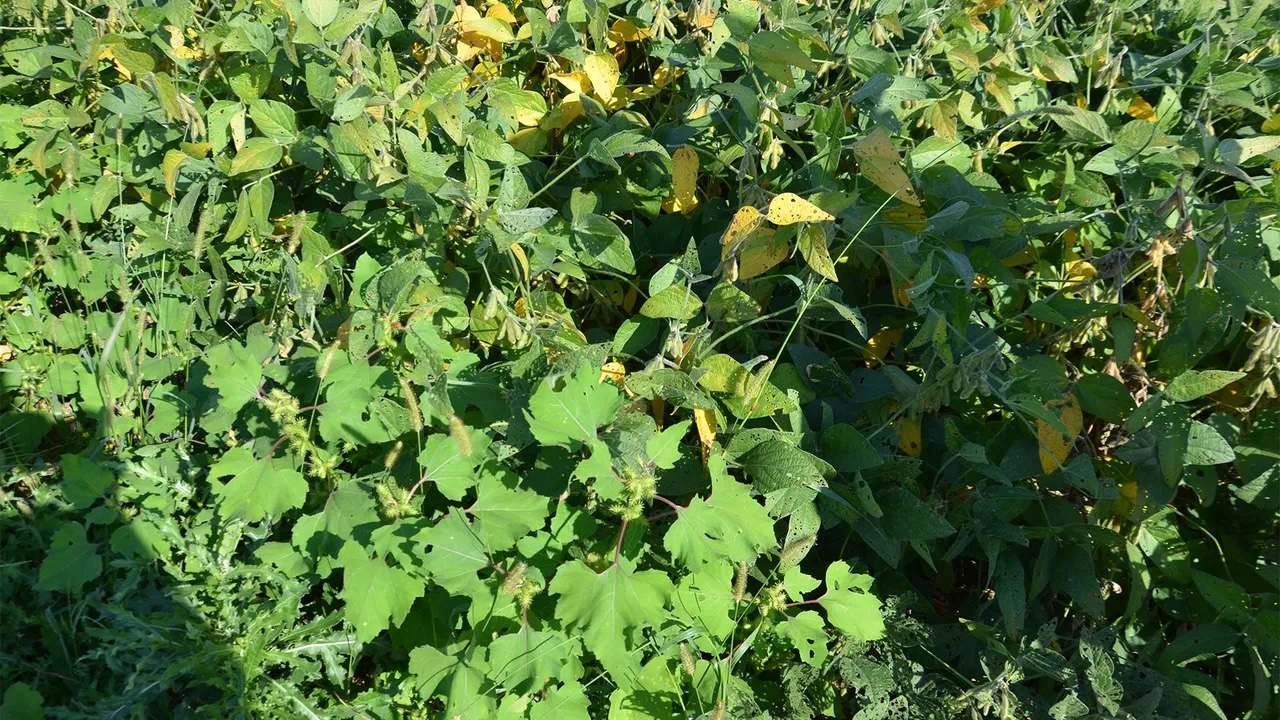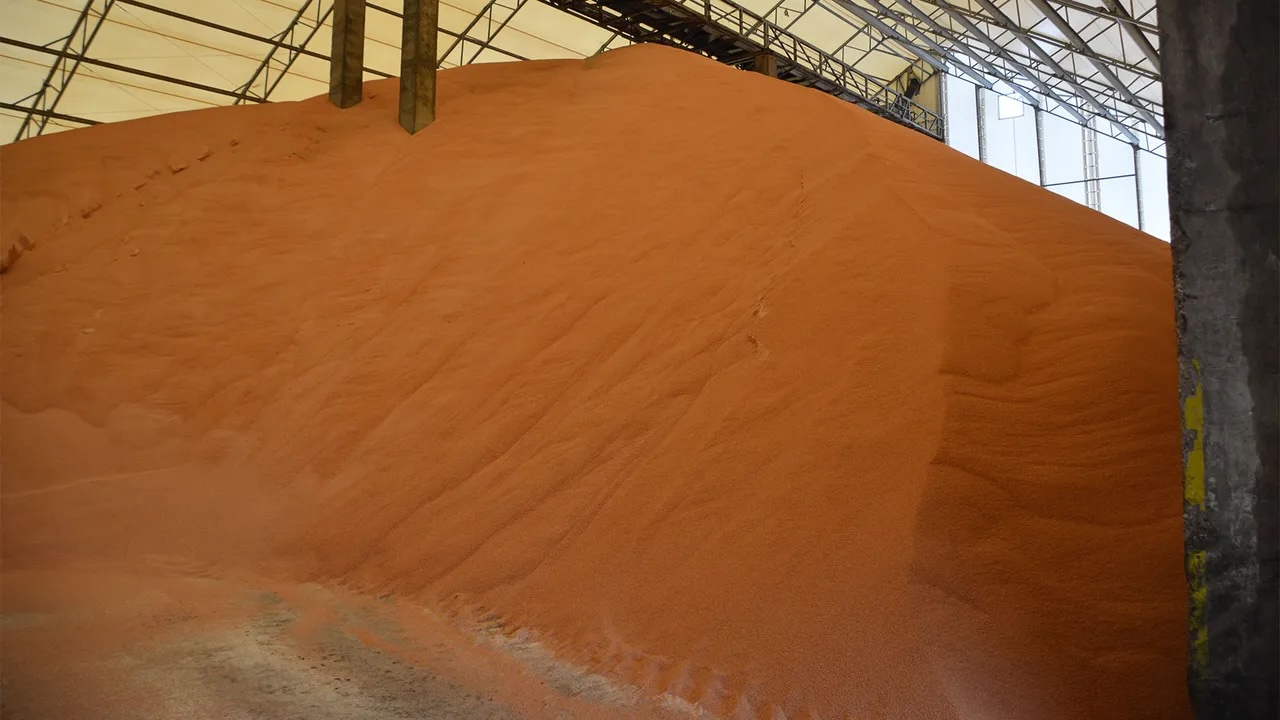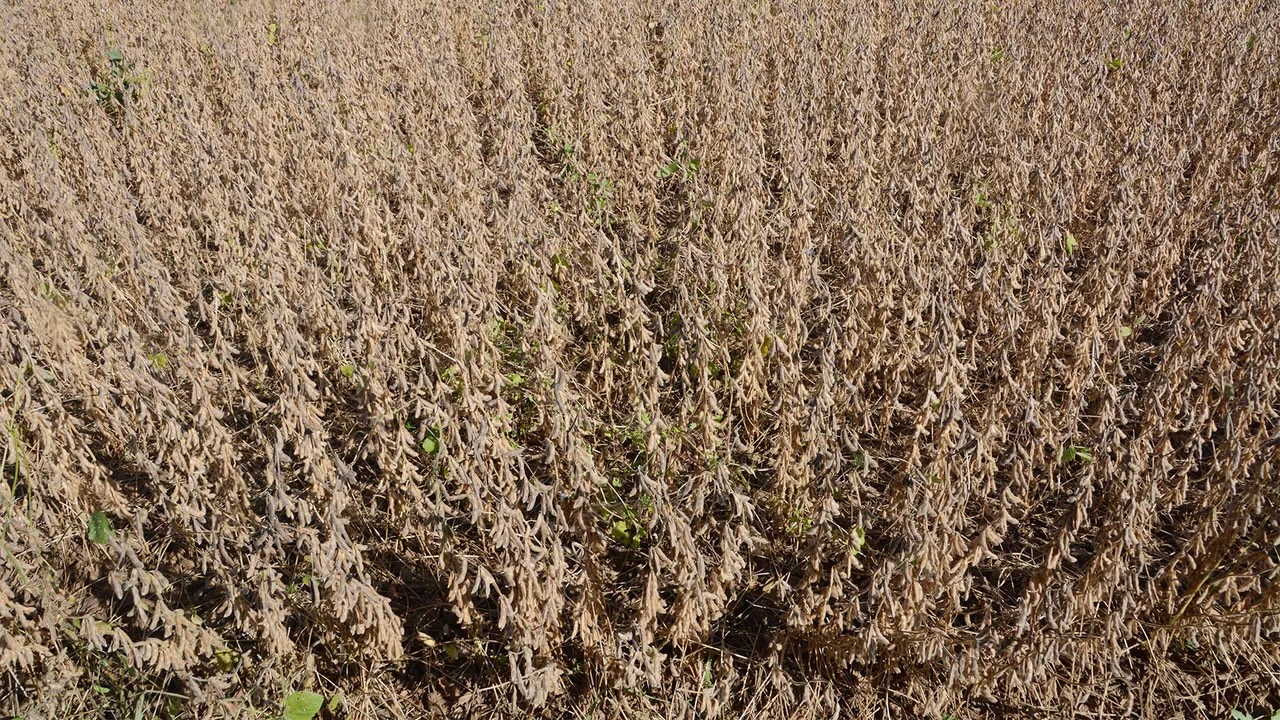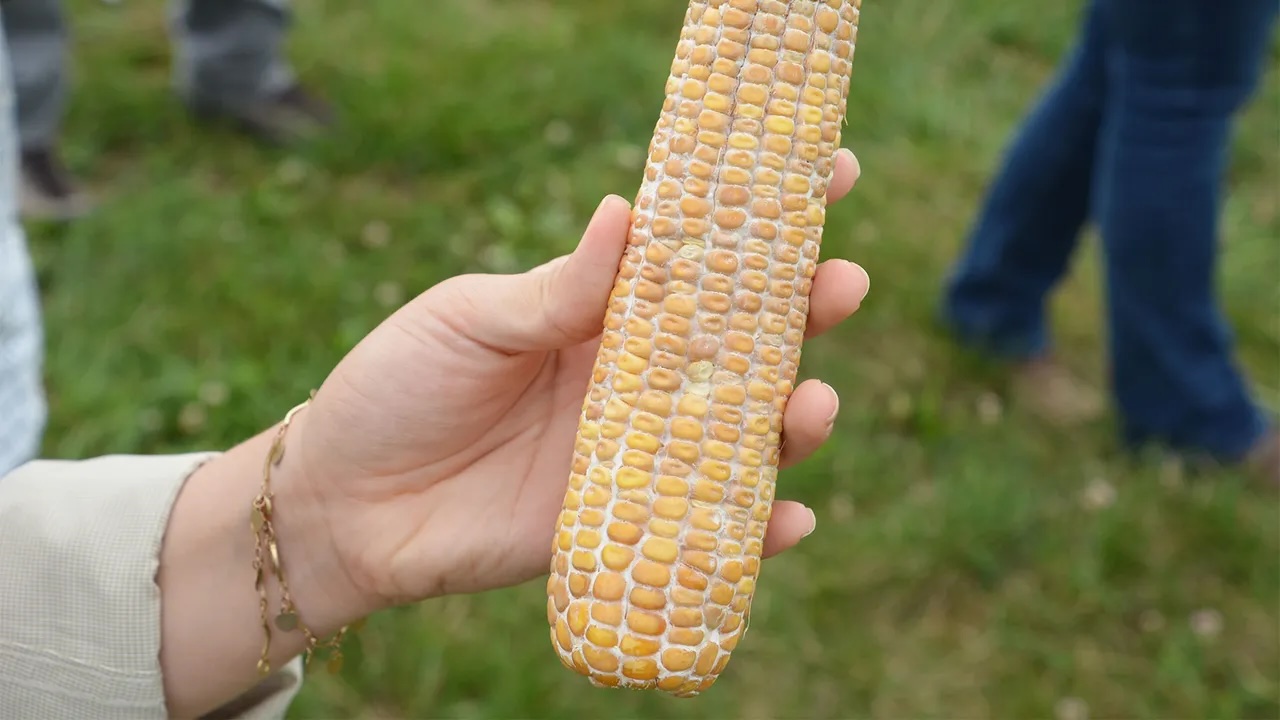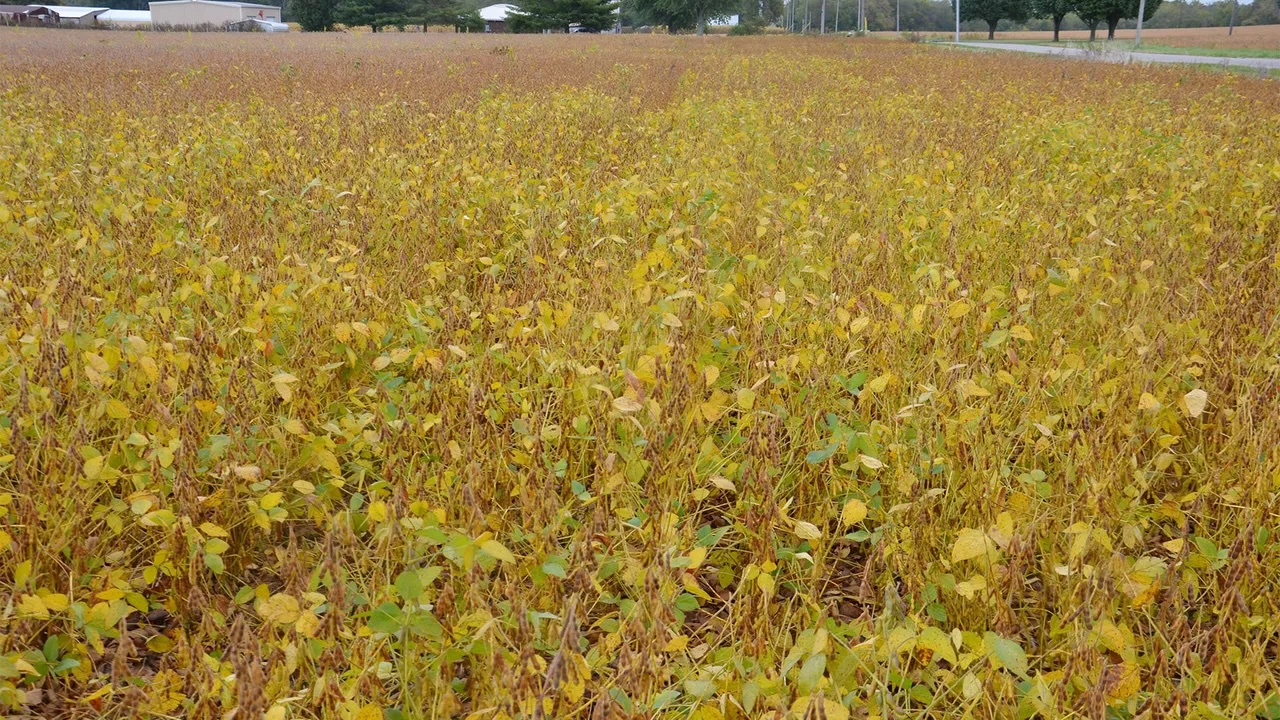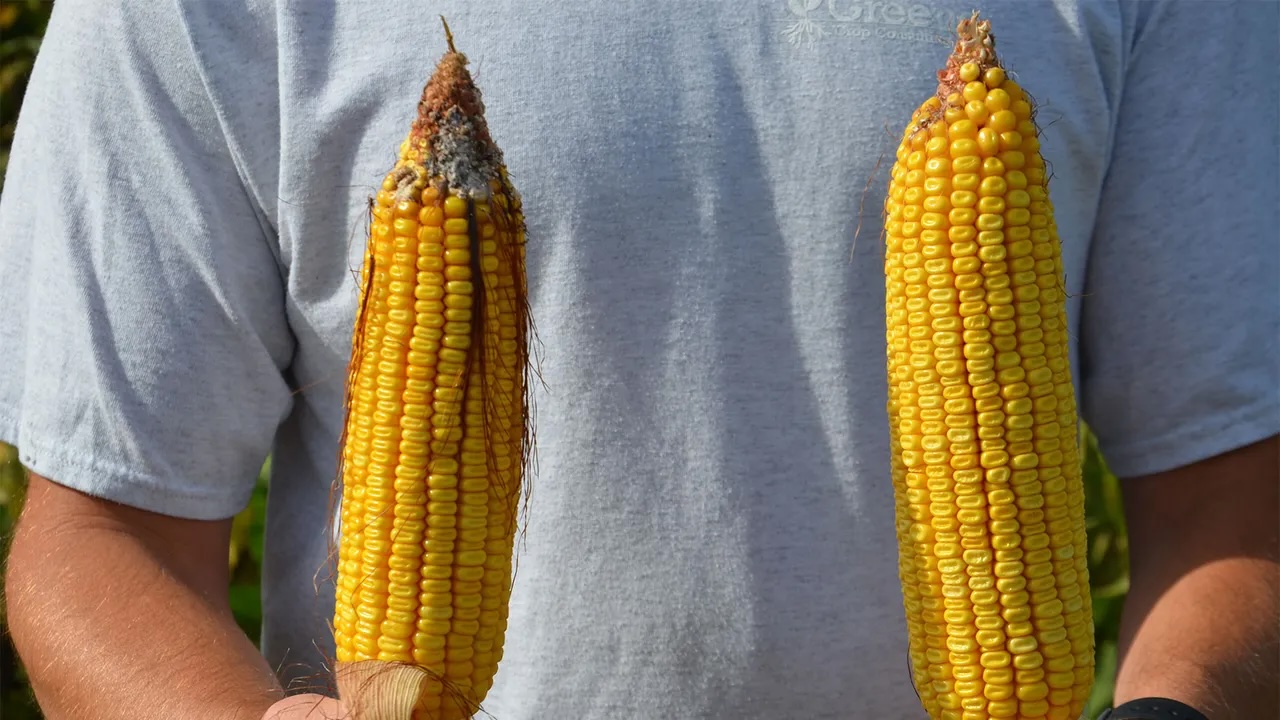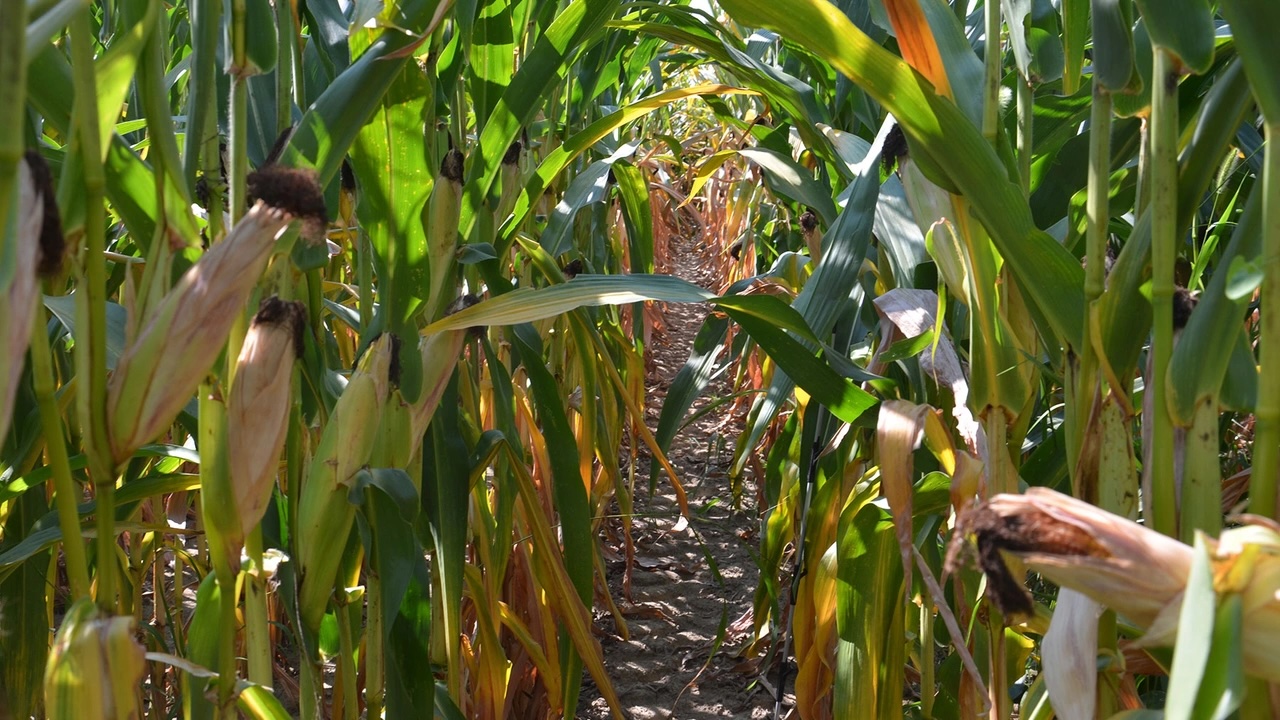Corn loss at harvest looks worse than it is
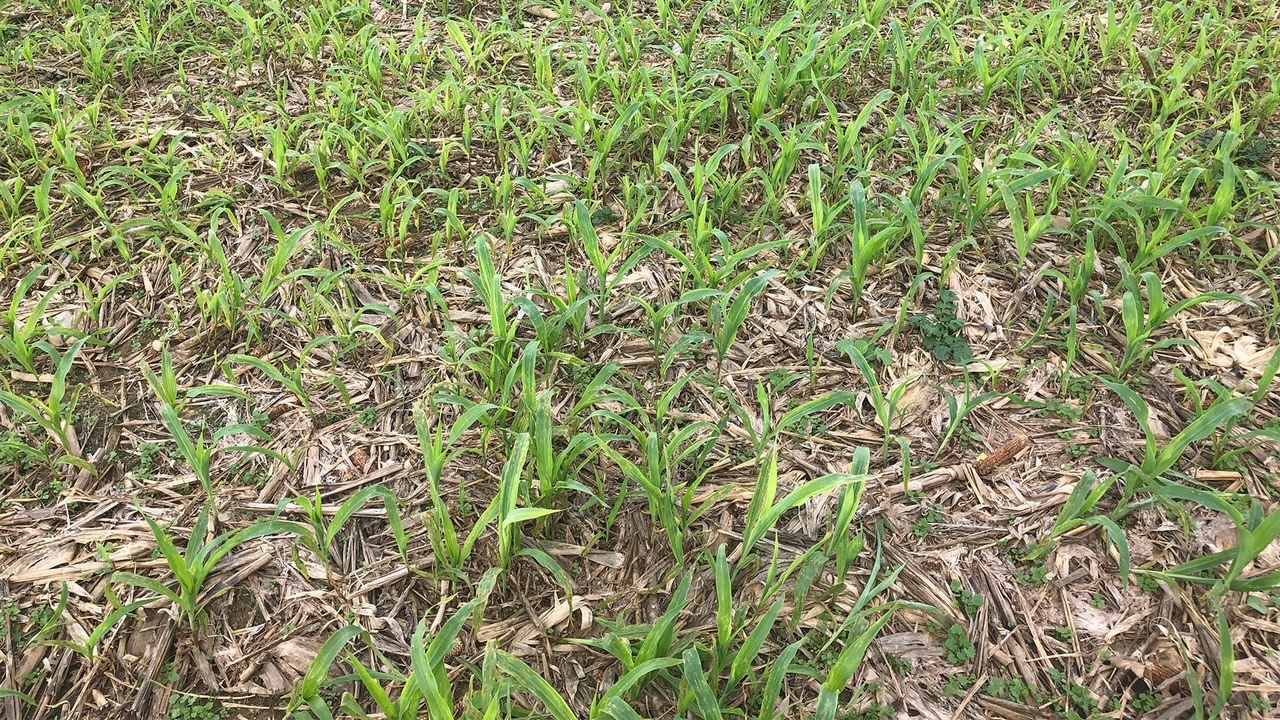
We like to start running corn early at 28% moisture. However, I don’t like it in warm falls when corn leaves behind sprouts — my landlords ask questions. Is it really a big deal, or does it look worse than it is? How can we cut down on corn left behind in the field but still harvest 4,000 acres of corn by Halloween?
The Indiana certified crop adviser panel answering this question includes Dan Ritter, Dairyland Seed agronomist, Rensselaer; Brian Overstreet, soil conservation coordinator, Rensselaer; Steve Gauck, Beck’s agronomist, Greensburg; and Dan Quinn, Extension corn specialist, Purdue University.
Ritter: If 1 bushel per acre is acceptable, that’s approximately 90,000 kernels. So even at an acceptable level of loss, it will look thicker than what you planted. You are on the right track starting at 28%. Field losses only increase as you let corn field dry. Other management considerations to optimize harvest include choosing hybrids with superior stalk quality or adding fungicide applications to maintain stalk integrity.
Harvesting good-standing corn could increase ground speed. If you can run faster all day for several weeks, that will put a lot of acres in the bin. Lastly, manage hybrid maturities so you’re at each field at the optimal harvest moisture.
Overstreet: The first thing to do is minimize your field loss. Make sure your combine settings are proper for the conditions. Evaluate if the loss is from the head or from the threshing operation. Once you find your greatest loss, get that issue corrected.
Consider a typical loss of 4 bushels per acre. You are losing approximately 320,000 seeds per acre. Even if only half of them germinate, you have as many or more corn plants than when you had planted the field. So, even at a minimal loss, it can look bad from the road.
Gauck: In most cases, the corn sprouting in the field looks worse than it is. Following the combine harvest, use a 1-by-1-foot square and throw it on the ground behind the head and behind the combine. Count the numbers of kernels inside the square. Two kernels per square foot equals about 1 bushel of loss per acre.
The location of the kernels, either behind the head or behind the combine, lets you know where adjustments need to be made. Keeping the corn healthy helps maintain a consistent ear size and minimizes loss from the combine.
Quinn: The longer the corn sits in the field, the higher the potential for ear drop, kernel losses and lodged plants. If you wait longer to harvest, you may have less visible young corn plants sprouting in the fall. But your likelihood of those other issues is higher, which can have impacts on the overall yield of the field and may increase volunteer corn present next spring.
Young corn plants sprouting in the fall often germinate and are killed by the winter conditions. I would be more concerned with waiting too long to harvest and having harvest losses and potential for volunteer corn next spring.
Beginning harvest at 28% will give you the best chance to minimize harvest losses from the machine and in the field, as well as complete harvest in a timely fashion. Monitor the number of kernels coming out of the back of the machine, and adjust combine settings accordingly to minimize losses. These settings may need to be monitored or adjusted between fields and at different moisture levels.


